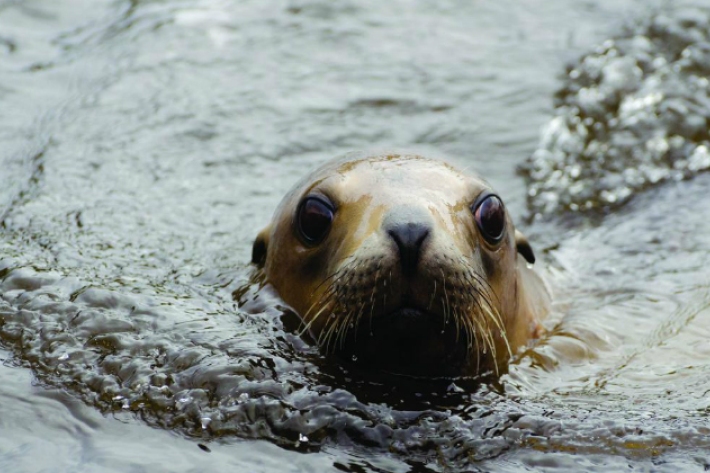-

Critter of the Week – Psolus antarcticus (Philippi, 1857) the limpet-like sea cucumber
Sea cucumbers are usually, well cucumber-shaped, however there are exceptions. -

Science helps out in the Pacific
Feature story13 August 2015When Cyclone Pam slammed into Vanuatu in May the vulnerability of Pacific’s island nations to extreme weather was again laid bare. -

NIWA flexes its mussels
Media release12 August 2015NIWA researchers have designed and built a machine that measures the strength of mussel shells that is partly based on the same technology used to open and close irrigation gates. -
NIWA trials new generation air quality sensors
Media release10 August 2015A new method of testing air quality in towns around New Zealand has been developed by NIWA scientists that could revolutionise the way communities can measure and control pollution. -

Cleaning up - combating pollution in the Pacific
Feature story05 August 2015Modern development and population growth have generated severe pollution problems in some Pacific Island nations. -

Critter of the Week: the solitary cup coral - Stephanocyathus spiniger
This stunning creature is a solitary stony cup coral species, Stephanocyathus spiniger (Marenzeller, 1888). -

Devilrays – divers of the deep
News article09 July 2015A successful electronic tagging project means scientists have made some important discoveries about spinetail devilrays. -

NIWA’s Rob Murdoch wins Marine Sciences Award
News article09 July 2015Dr Rob Murdoch, General Manager of Research at NIWA has won the prestigious New Zealand Marine Sciences Society Award. -
Scientists probe complex causes of New Zealand sea lion decline
Media release08 July 2015A tiny community of New Zealand sea lions on the Otago Peninsula is helping scientists solve the mystery of why some populations are doing better than others. -

Tiny find fascinates squid scientists
News article07 July 2015Another colossal squid is under examination in Wellington, but this one could fit in the palm of your hand. -

New Zealand Ocean Acidification Observing Network (NZOA-ON)
Research ProjectOcean acidification conditions around the New Zealand coast are being measured to establish baseline conditions and to quantify future change.


